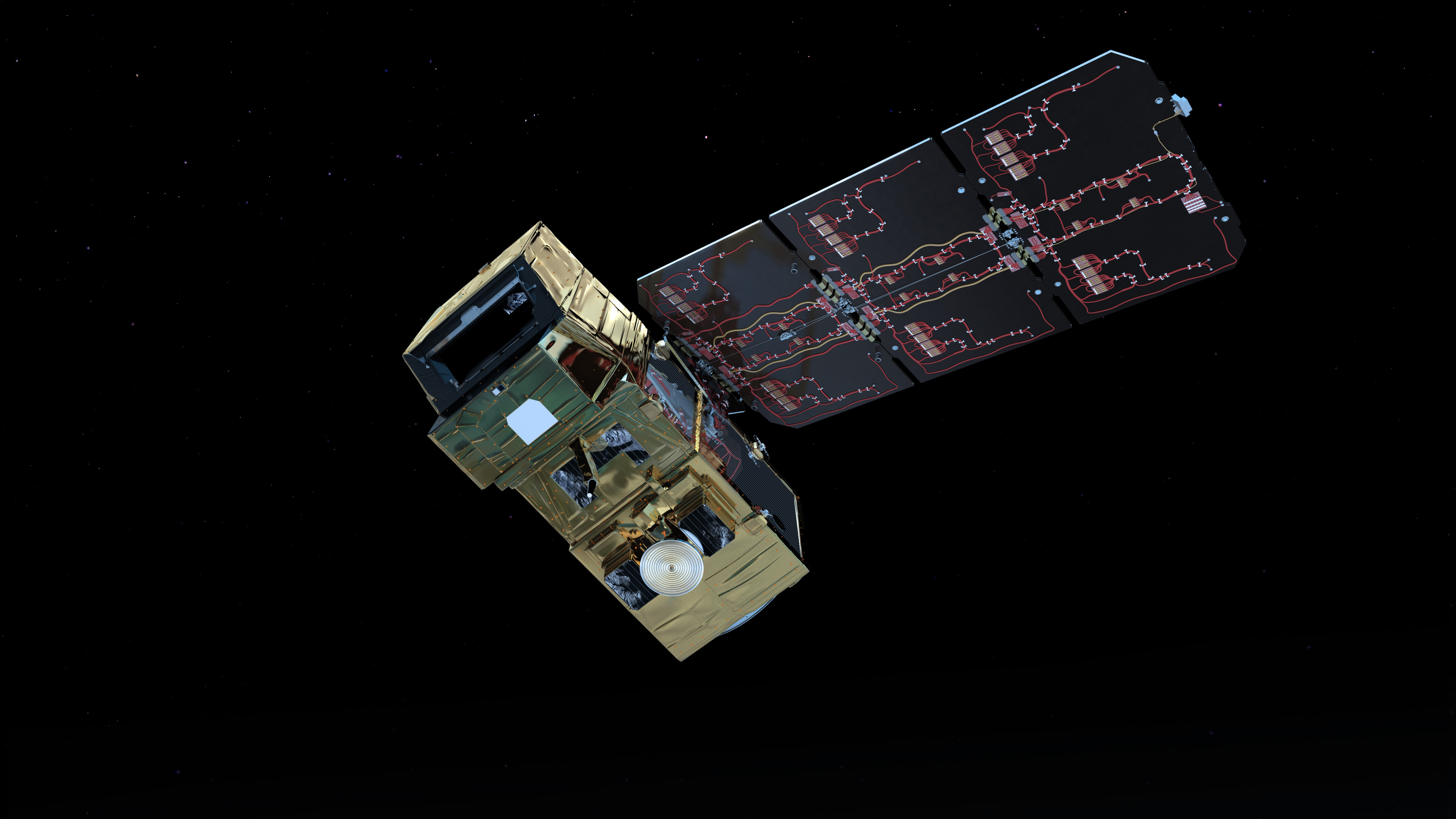- Activities
- QA4EO-ATLAS
QA4EO-ATLAS
Overview
Space-based Earth observation products require surface-based reference measurements in order to validate and eventually calibrate satellite-sensors and their derived products (Herman et al., 2009). In order to produce traceable surface-based reference measurements of radiation and atmospheric products such as total column or tropospheric trace gas concentrations, extensive validation and characterisation procedures need to be developed and applied to the instruments deployed within these networks.
ESA has initiated the climate change initiative (CCI) mainly based on European sensor satellite datasets. The goal is to provide stable, long-term, satellite-based data products for climate modellers and researchers. Such products that are mentioned as Essential Climate Variables, include specific information on their uncertainties based among others on ground based validation activities. As an example, in order to be able to detect total column ozone expected recovery (2-3% per decade), satellite instrument related drifts have to be detected from ground based sensors at the level of 1% per decade.
Current and future ESA related missions such as Sentinel-5P, or the ESA Third Party Missions OMI and VIIRS, require reference measurements from surface based networks in order to validate their data products, such as solar UV radiation, as well as key atmospheric constituents, including ozone (O3), nitrogen dioxide (NO2), formaldehyde (HCHO) as well as cloud and aerosol properties. Therefore, activities, such as the one proposed, that characterise and quantify the main sources of uncertainties in the systems used for ground validation following QA4EO principles, are critical for the success of such future missions.
Current remote-sensing instruments typically rely on array spectroradiometers operating in the UV-Visible and near-Infrared range to measure spectral solar radiation between 300 nm and 2500 nm to derive various atmospheric composition products, such as aerosol optical depth, total column ozone, nitrogen dioxide, or formaldehyde, among others.
The quality and uncertainty of the measurements and of their derived atmospheric products is a direct consequence of the care taken in the characterisation and calibration of the whole system. The quantification of the whole uncertainty budget requires a thorough radiometric characterisation of the measurement system which needs to be embedded in a comprehensive quality control and quality assurance system comprising the whole measurement chain starting from the initial characterisation and calibration in the laboratory, to the field measurement, and finally ending in the retrieval model required to determine the final product.
This ESA QA4EO project will focus on the first aspect of the measurement chain by developing the infrastructure and the methodologies needed to produce traceable radiometric measurements with known uncertainties. We will develop and operate infrastructure and methodologies in order to characterise and correct the two main uncertainty components in the measurement of radiation with array spectroradiometers: the stray light and the nonlinearity.
Contact Information
Javier Gorroño - Project Scientist
National Physical Laboratory
Hampton Road | Teddington |
Middlesex | TW11 0LW | UK
Email: javier.gorrono@npl.co.uk
Dr. Ferran Gascon - Project Technical Officer
ESA-ESRIN
Via Galileo Galilei Frascati (RM) 00044 Italy
Email: ferran.gascon@esa.int
Activity Consortium

Physikalisch-Meteorologisches Observatorium Davos, World Radiation Center (PMOD/WRC)
